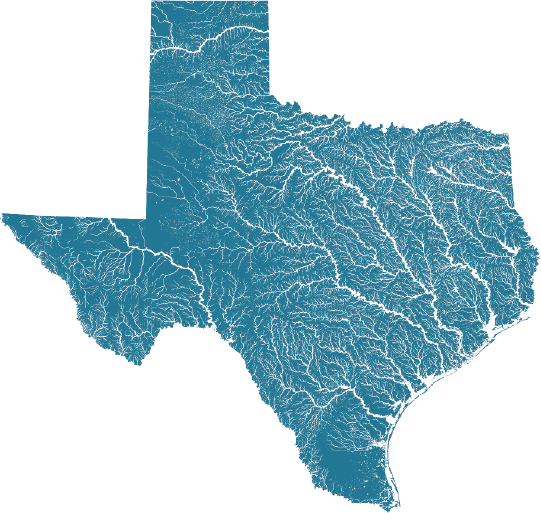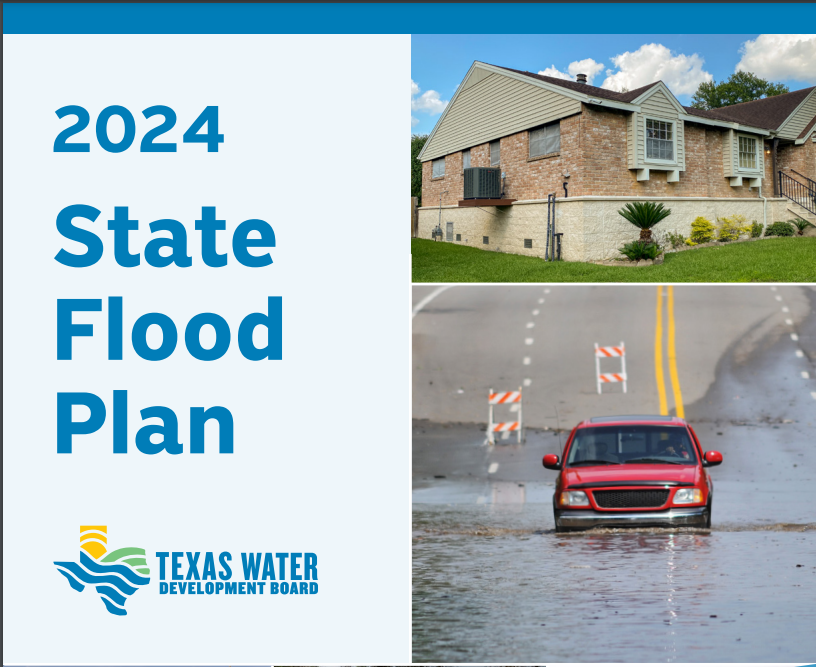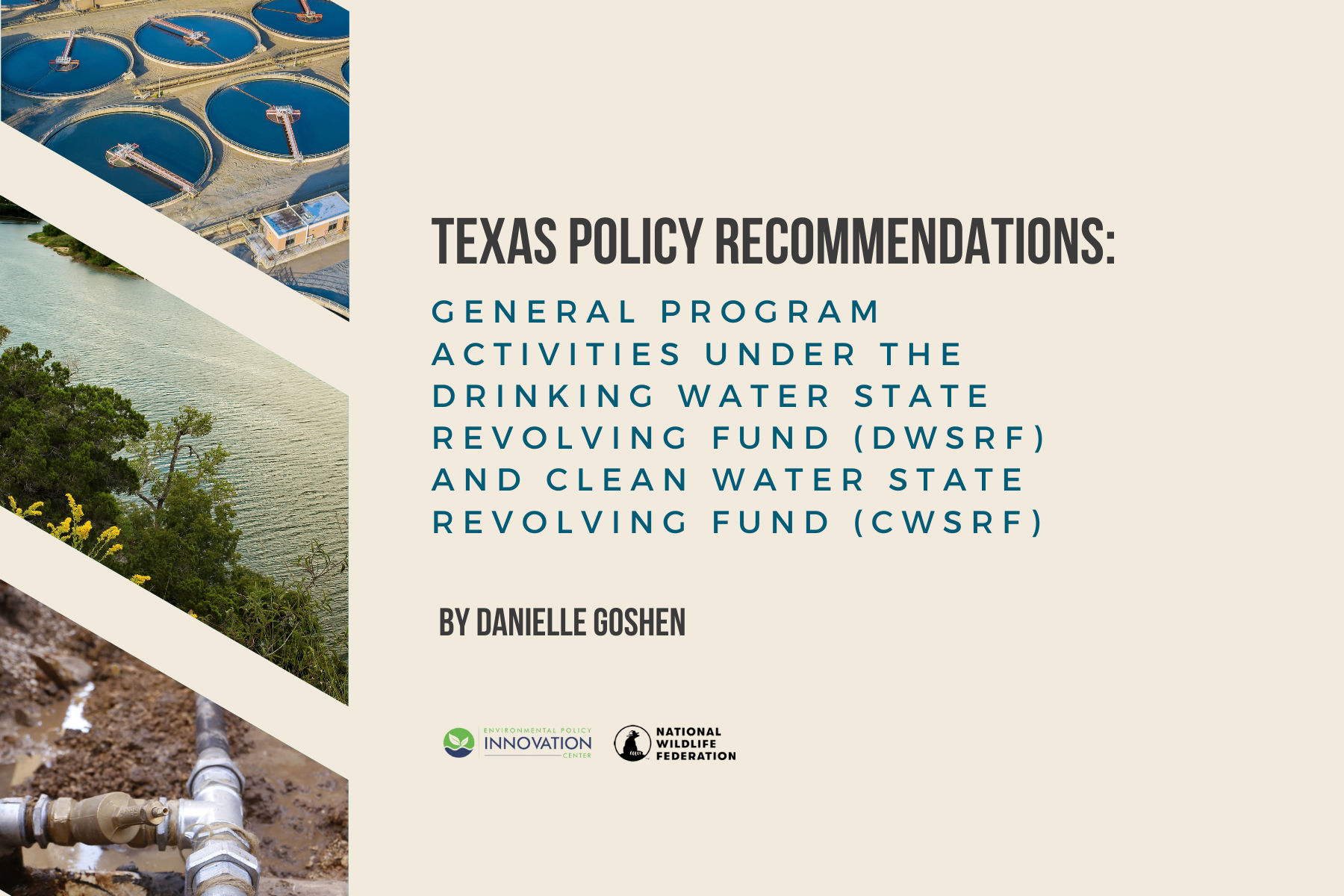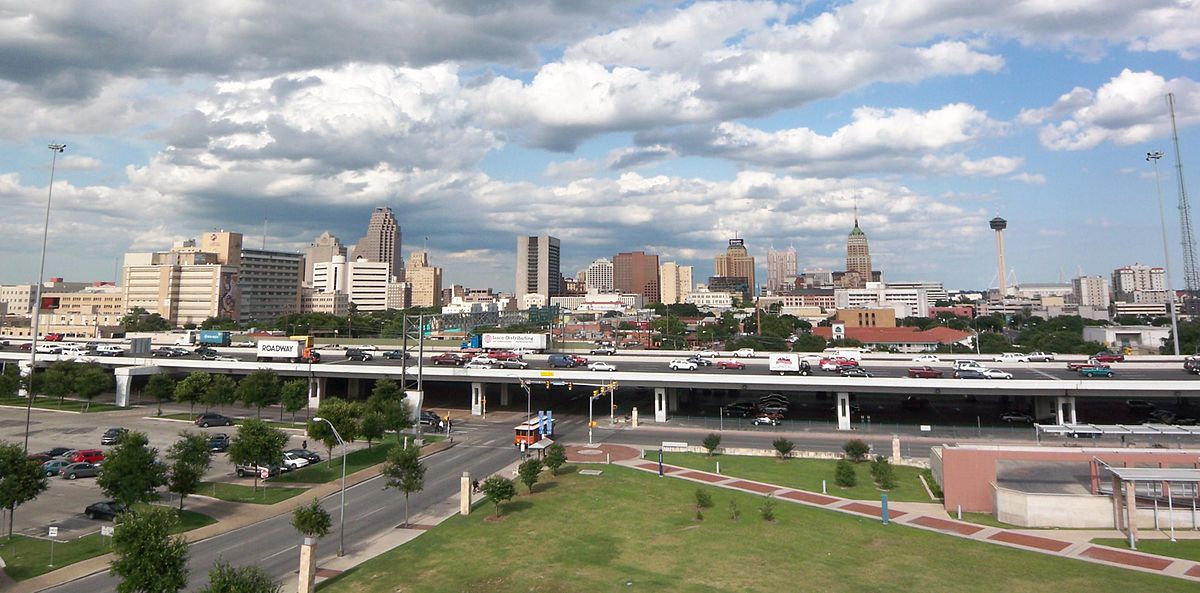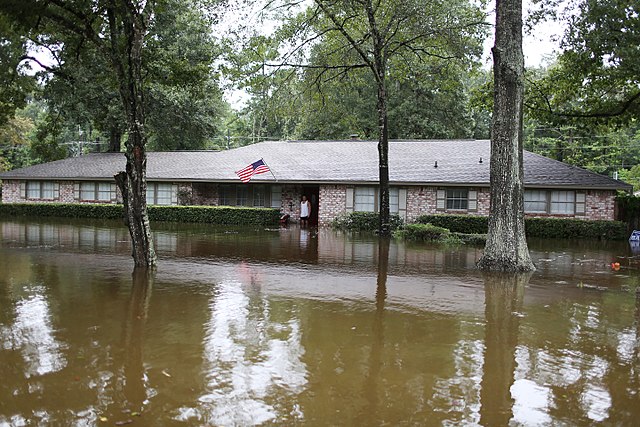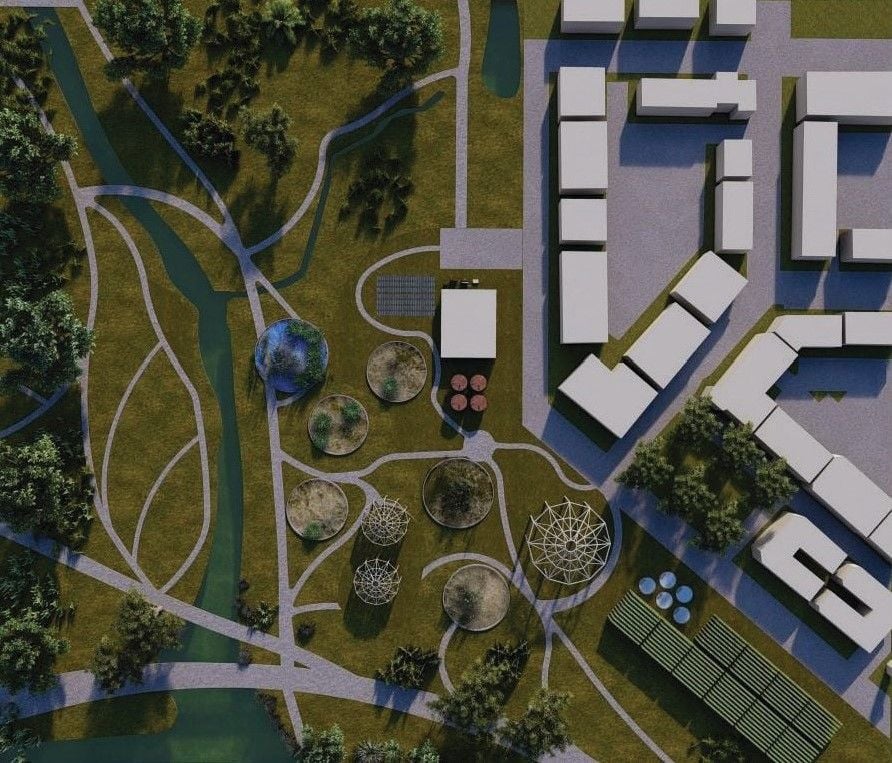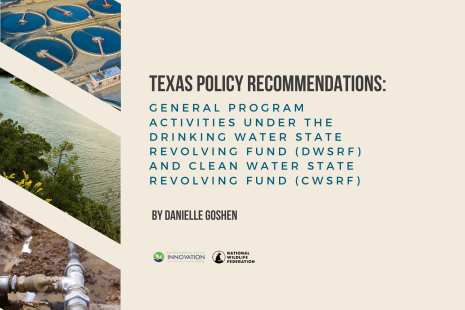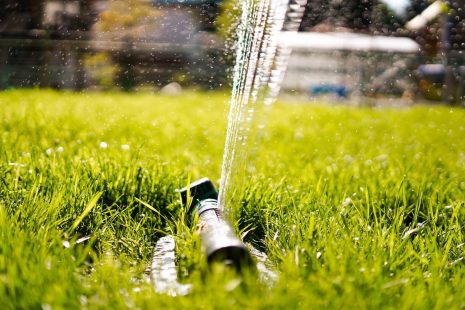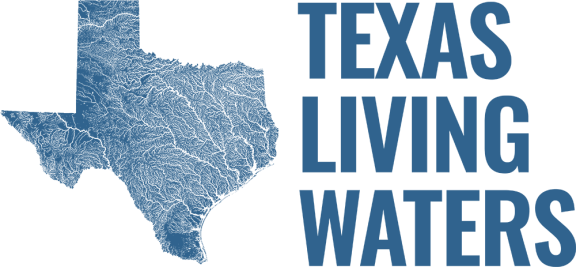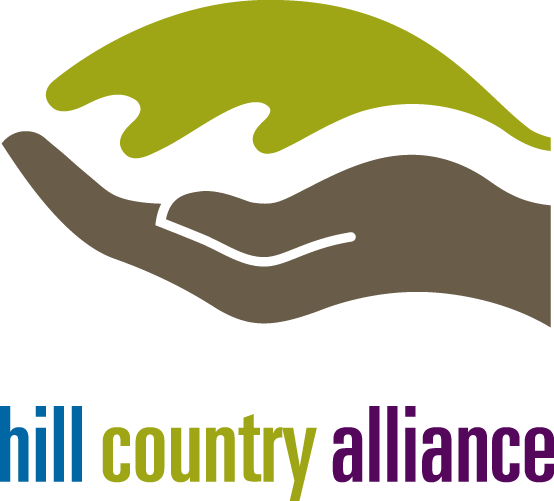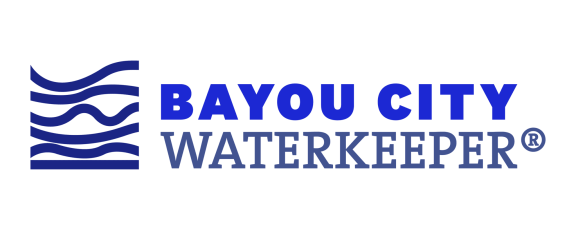Texas Living Waters partner organizations were hard at work this session aiming to protect our water resources and to ensure healthy, safe, reliable water infrastructure for all Texans.
Prior to session, our team laid the groundwork for impactful water legislation through advocacy on key water agencies (TWDB and TCEQ) undergoing Sunset review. We also collaboratively developed and distributed a robust set of policy priorities.
During session, we met with key legislators, got priority bills introduced, testified at committee hearings, and organized and coordinated with partner organizations – all in hopes of securing a better water future for Texas.
Here are the key highlights from our work at the 88th Legislative Session:
WINS
Water infrastructure received a big boost!
Pending voter approval in November, Texas is set to invest $1 billion in two new Texas Water Development Board funds created by Senate Bill 28 (Perry/T. King). The bill creates the Texas Water Fund ($750m) and the New Water Supply for Texas Fund ($250m).
The Texas Water Fund will be directed towards enhancing existing TWDB programs with required investments in rural communities and strategies that will help better utilize the water that we already have such as water loss mitigation projects, water public awareness programs and water conservation projects. As we spotlighted last year, Texas is losing an average of 51 gallons per connection per day. This is a much-needed investment in an issue we highlighted throughout session.
The New Water Supply for Texas Fund will be used on developing new water supplies such as desalination, produced water, and aquifer storage and recovery. While some new water supply may be needed, TLW members did raise concerns during the legislative process, including the need to focus on establishing water quality standards before any funding is used for any desalination and produced water projects, focusing on those communities most in need, and prioritizing projects with the least environmental impacts. We were glad that an initial proposal to use taxpayer funds for acquisition of waters from other states was removed, and our groups will be heavily involved in upcoming rulemaking opportunities to assure that the best projects are prioritized.
Unfortunately, an amendment that would have prioritized economically distressed areas (which are predominantly made up of communities of color in vulnerable parts of the state) was removed from the bill in the conference committee. It will now be up to TWDB how to incorporate environmental justice impacts into distribution of funding, if at all.
In addition to Senate Bill 28, the legislature also authorized other major new investments in water infrastructure, including:
- matching and maximizing drawdown of federal infrastructure funds from the Infrastructure Investment and Jobs Act ($125M)
- replenishing the Flood Infrastructure Fund (by $625m), providing funds for essential flood mitigation projects, including projects in the first State Flood Plan, which will be completed by Fall 2024.
- funding the Economically Distressed Areas Program, which will allow the Texas Water Development Board to issue $100m in bonds to fund critical water and wastewater infrastructure projects to communities most unable to pay for costly projects.
Overall, the Legislature’s investment in water infrastructure is a major win and a welcome development in the face of the state’s mounting water challenges.
A big win for state parks, but private conservation and water rights transactions misses out
Pending voter approval in November, the Centennial Parks Bill will provide $1 billion for the creation and improvement of state parks – on the state park system’s 100th year anniversary. This is a welcome investment in a state park system that is more popular than ever with visitor numbers surging over the past decade.
While the park system received a big boost, a bill that would have also boosted private conservation efforts and funded water rights transactions stalled out mid-session. The broad coalition behind the proposed Land and Water Conservation Fund will continue advocating for its creation and is preparing efforts for a similar proposal during the next legislative session.
Breakthrough on water reuse (SB 1289)
After years of advocacy from Texas Living Waters partners and many other groups, the Legislature passed Senate Bill 1289 which directs the Texas Commission on the Environment to develop rules to facilitate the development of onsite blackwater reuse. Capturing and reusing water within buildings is a major efficiency gain that Texas will need to develop as it continues to grow. Legislation such SB 1289 helps open door to further policy reform that makes it easier to reuse water onsite while ensuring health and safety standards are enforced.
Revitalizing the environmental flows protections process
The session ended with some encouraging signs of life for Texas’ flagging environmental flows protection framework. The Legislature established intent to guide the Texas Commission on the Environment on the flows protection process as part of the agency’s Sunset review process. Lawmakers also provided clarity on committee membership status, work plan development, and future activities for key working groups involved in the flows protection process.
MISSED OPPORTUNITIES
No clear action on climate change
A number of notable bills aimed at studying and planning for climate change were introduced this session. Among others, these included a bill requiring planning and reporting on climate change at the TCEQ; a bill requiring TCEQ to update NOAA rainfall estimates; and a bill that would require state resource agencies to develop severe weather adaptation plans.
While proactive climate change bills continue to get stalled in committee before public hearings, there was positive movement before session during the TWDB Sunset process – where a management action was approved that will require the TWDB to consult with the State Climatologist in preparation of regional and state water plans.
Building codes left pending
With climate change leading to higher risk from natural hazards such as flooding, up-to-date building codes are an increasingly important part of ensuring community resilience across Texas. As our state minimum standards for counties and municipalities are over a decade old, we continue to fall behind other states in adoption of standards – and Texas continues to miss out on opportunities to invest in resilient communities and benefit from federal funding prioritization. While we were successful in getting legislation introduced and hearings on updating the state’s Building and Residential Code Standards for counties and municipalities, both bills were stalled in committee after public hearing.
While bills to increase the base codes failed to move, one bill related to certain building codes – SB 2453 by Menendez – did pass. SB 2453 allows, through rulemaking, the State Energy Conservation Office to update statewide minimum energy codes for both private and publicly buildings, and water conservation and energy efficiency standards for state-funded buildings. The bill is permissive — it creates a process for raising minimum codes — but it does set in place the potential for new private construction in Texas to use less energy – which ultimately saves water as well, as well as specific water and energy standards for state-funded and public university buildings. The effort to pass the bill was led by the Sierra Club and the US Greenbuilding Council among others.
WHAT’S NEXT
Texans must approve new water infrastructure and state park funding
Texans must approve investments in water infrastructure (SB 28) and state parks (SB 1648 and SJR 74) this November.
Rules will need to be established on how the new funds will be spent
While the two new funds created by SB 28 represent a huge opportunity in Texas, many details in how the funds are spent will have to be worked out during subsequent rulemaking at the TWDB – which will involve public comment opportunities. We will be working hard to ensure funds are prioritized for investments in communities that need it most.
The first ever State Flood Plan is taking shape
With the new appropriations for the Flood Infrastructure Fund, we will now be looking towards the TWDB, where the State’s first Flood Plan is being developed. Currently, flood projects submitted by the 15 regions are being prioritized and will be presented to the public for public comment.
Communities most impacted by flooding in Texas are often the least able to pay. It will be essential to prioritize resilient flood mitigation projects in these communities, as prioritization will play into how projects will get funded through the Flood Infrastructure Fund.
